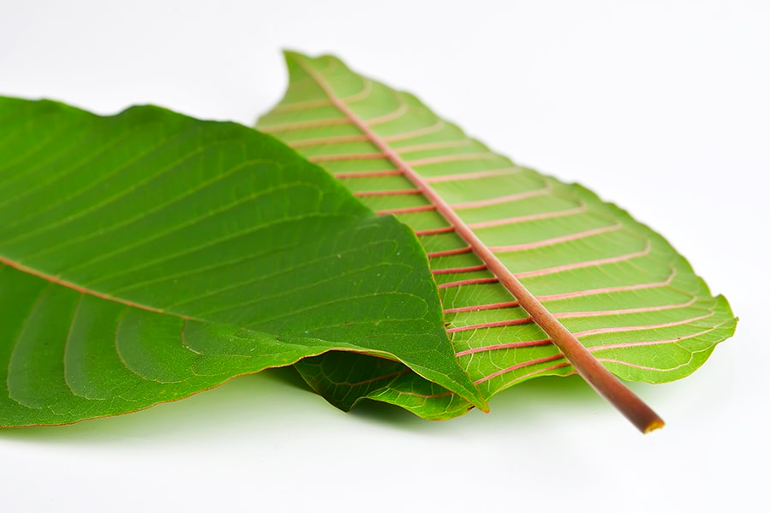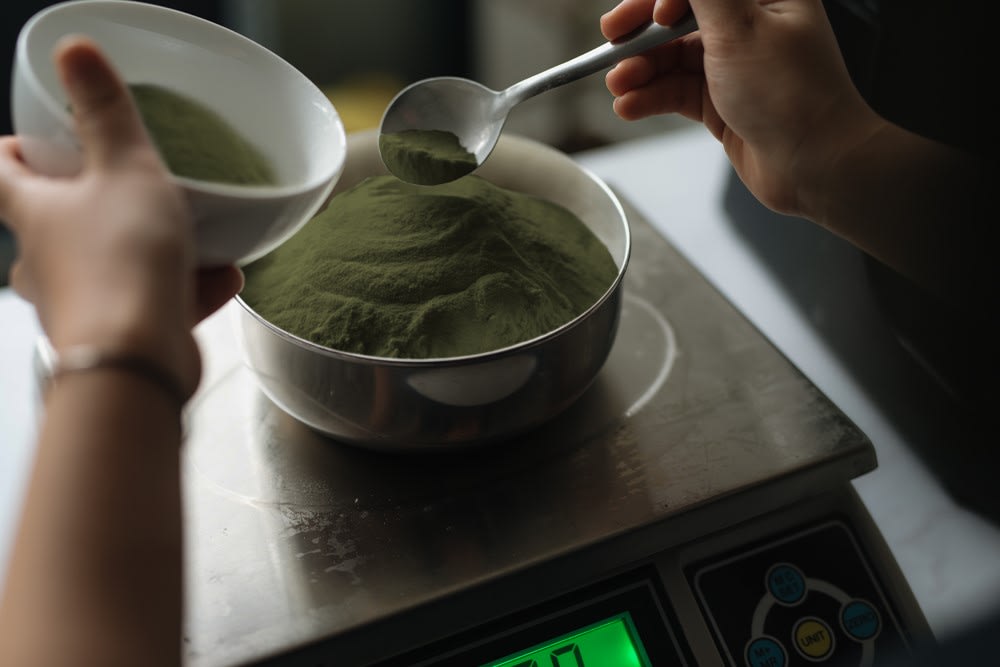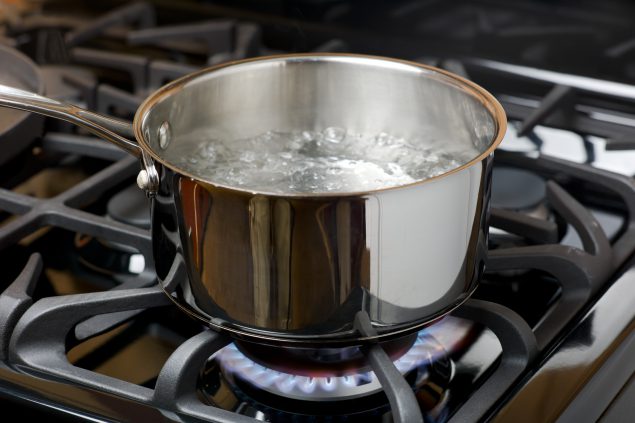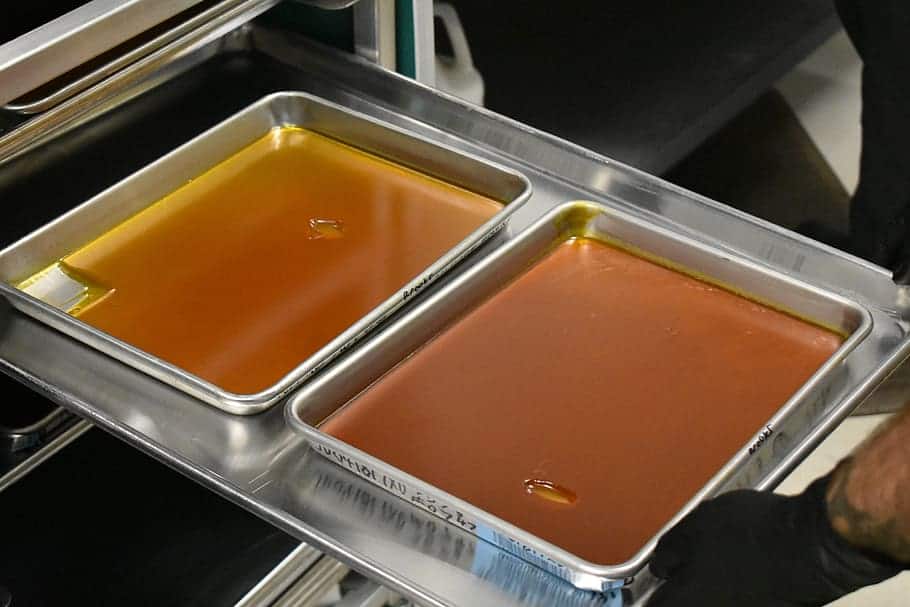Honey: A Bee’s Sweet Gift
Honey’s a treasure created by honey bees, and it’s amazing how a bee visiting a flower can result in this sweet sugary substance. Honey bees create wax combs in their hives to store this substance after it’s made, and we, in turn, are able to harvest honey combs from the same hives.
Honey bees make honey, a thick amber-colored liquid, by gathering nectar from flowering plants. Everything from blueberry flowers to the flowing petals on certain trees is foraged by bees. Bees will gather from hundreds of thousands of flowers to get nectar and create a stable food source for their hive.
How exactly is honey made?
First, bees visit flowers and use their long tongues to gather nectar, a sugary liquid. They store the nectar in a special stomach called a crop made just for this purpose. In this stomach, the nectar mixes with enzymes and begins to change form. The bees then regurgitate the mixture, and another bee repeats the process.
Once the nectar has been transformed, it is deposited into the honeycomb. Bees then help dehydrate the liquid by flapping their wings before sealing the newly-formed honey off to protect it until it is needed.
Honey’s History
Honey is not a modern discovery. There is a history of humans using honey as far back as 2100 B.C.E., and it is likely it was used before written history existed. This sweetener has been used worldwide and held high value as a currency, tribute, and trade material.
Beeswax, the substance used to wrap and protect honey inside a honeycomb, has been used widely throughout history. Beeswax makes great candles and also works as a natural preservative in some cases. Humans have long found this treasure from bees interesting and put it to use as society developed.
Honey’s Uses
Honey is used in many different ways. What it is most known for, however, is how it is used in the kitchen.
In the kitchen, it is most often used to sweeten things. It can be used directly in tea, on crackers, or in yogurt. It also gets used as a sugar substitute in baking, soups, marinades, and mixed beverages. Natural products like shampoo, moisturizer, and lip balm also take advantage of honey’s qualities.
Honey has many antioxidants. The exact makeup of each honey alters the exact nutritional value of honey, but it’s got major health benefits. That’s a huge part of why people reach for this all-natural sweetener!
Colors and Flavors of Honey Explained
What’s the deal with all the different colors and flavors of honey?
It turns out that because bees harvest from plants local to their hive, the resulting honey of each hive differs. The color, taste, aroma, and nutritional composition of honey differ as well. All of this is dependent on where the honey bees go to collect nectar.
In some cases, it’s very easy to taste where the honey bees were harvesting. Lavender honey, for example, has a light taste and aroma of lavender as well as a light amber color. Distinguishing the exact source of honey isn’t always possible without side-by-side comparisons. Some honey bees gather from miscellaneous flowers, leading to a more well-rounded and neutral profile.
Still, there are those that prefer specific colors and tastes of honey. Mono-floral varieties are incredibly sought after for their uniqueness, but multi-floral varieties are more easily found. In the US, clover and alfalfa honey are the most commonly harvested types of honey.
The Colors of Honey
The U.S. Department of Agriculture categorizes honey by these seven colors:
- • Water white
- • Extra white
- • White
- •Extra light amber
- • Light amber
- • Amber
- • Dark amber
These colors range from colorless to very dark. The color is caused by the minerals and other components in the nectar’s original floral source. Honey’s color can also affect storage time, heat, and location. Honey thickens and granulates over time, and this can also change its color.
Honey’s color creates a few general rules in the industry. Light-colored honeys are usually sweet, floral, and light in flavor; these are often summer harvest honey. Fall harvest honey is darker and has more robust, sharp flavors.
Honey Sticks: A Sweet Treat
One way that people love to enjoy honey is a honey stick! Honey sticks are straw-like containers filled with honey. Sometimes these will be specific flavors of honey; other times, they’ll be a mixture. Some farms with different honey varieties offer honey sticks as a sampling option.
Honey sticks taste good and provide a burst of energy thanks to the simple sugary structure of the honey. Most sticks contain about one teaspoon of honey. Some people use them as a way to sweeten tea, coffee, and other beverages on the go.
Just Launched: Honey Sticks from Left Coast Kratom
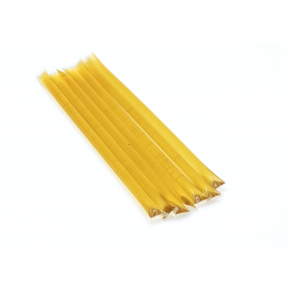
Our newest product has a lot to do with honey!
We’ve recently launched our very own kratom honey sticks.
These honey sticks gather up the sweetness of honey and enhance it with 25 mg of mitragynine per stick. With five sticks in each order of our honey sticks, you’ll have a total of 125 mg of mitragynine ready to go whenever you want it.
Sweetening your standard or kratom tea with our honey sticks is an easy way to enjoy kratom, but they can also be enjoyed as-is. Anywhere you might typically use standard honey can be replaced with our honey sticks, and we’re excited to see how you try them!
If you have any questions about our products, reach out at any time. We’re here to help guide you to find the right fit for your needs.


